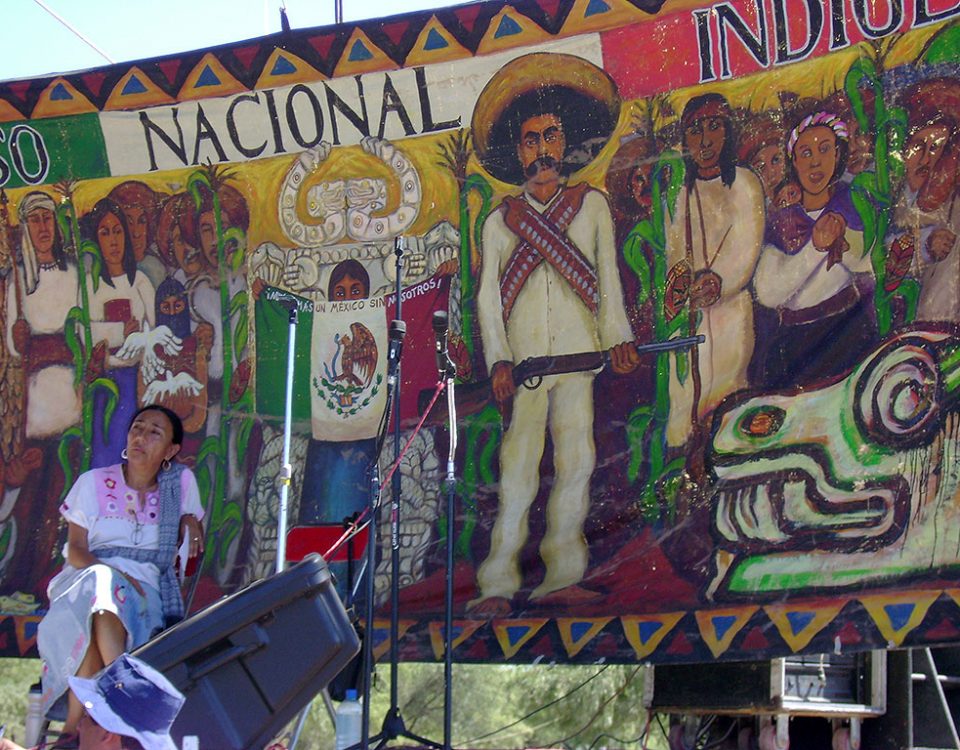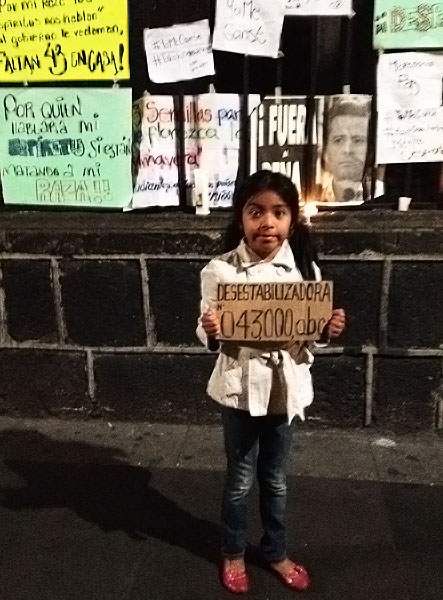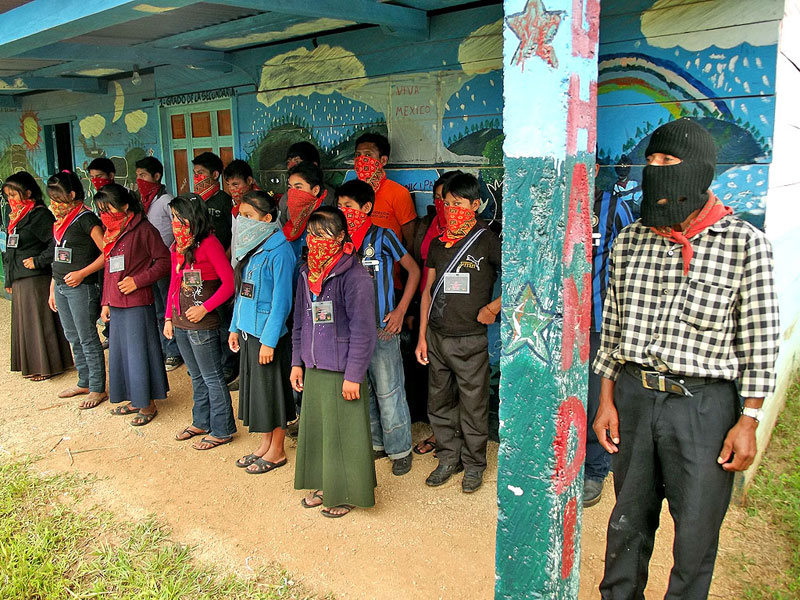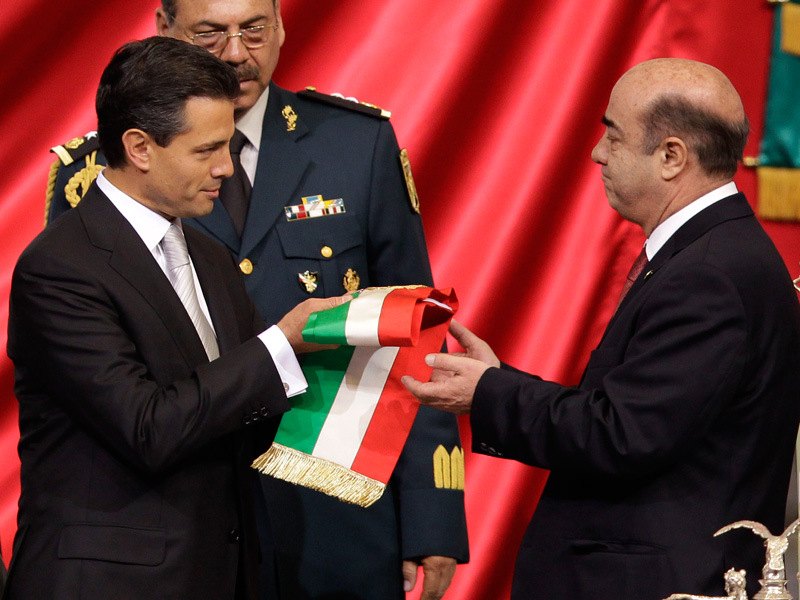2001
31/12/2001SUMMARY : Recommended Actions
28/02/2002In the first months of the year, the Fox government continued to fulfill certain of the indicators demanded by the Zapatistas as prerequisites to reopening the peace dialogue by liberating Zapatista prisoners and withdrawing from some military positions. In April, the army withdrew from the communities of Guadalupe Tepayac, La Garrucha, and Rio Euseba, thus fulfilling one of the three conditions.
 At the end of February, the Zapatistas carried out their march to Mexico City in order to present to the Congress their arguments in favor of the indigenous rights reform written by the COCOPA in 1996. After receiving tremendous popular support in the twelve states through which the march passed on its way to the capital, the EZLN spoke in the House of Deputies in an inspirational moment for the peace process. However, in April, the Congress approved an indigenous rights and culture law which the EZLN viewed as a betrayal because it failed to include important parts of the San Andres Accords and the COCOPA version of the law.
At the end of February, the Zapatistas carried out their march to Mexico City in order to present to the Congress their arguments in favor of the indigenous rights reform written by the COCOPA in 1996. After receiving tremendous popular support in the twelve states through which the march passed on its way to the capital, the EZLN spoke in the House of Deputies in an inspirational moment for the peace process. However, in April, the Congress approved an indigenous rights and culture law which the EZLN viewed as a betrayal because it failed to include important parts of the San Andres Accords and the COCOPA version of the law.
Although the reform which was passed represented some progress, it significantly restricted the concept of indigenous autonomy. It failed to provide legal recognition of autonomous status, and it recognized neither indigenous rights to land and the use of its natural resources, nor rights of association within the communities and counties. Following this breach, the EZLN withdrew into the silence of the jungle.
The congresses of the states with the highest proportion of indigenous population in the country (Morelos, Chiapas, Guerrero, Hidalgo, San Luis Potosi, and Oaxaca) rejected the new law. Indigenous organizations and communities filed 329 constitutional challenges to the law in the Supreme Court. Several complaints were also filed by the International Labor Organization. Despite the controversy, the reform passed into law in August.
In a tour through Europe, President Fox declared that everything was now peaceful and tranquil in Chiapas, and he specifically mentioned the return of the displaced people within this context. Certainly, between August and December, the civil society organization, Las Abejas, carried out four such returns. However, Las Abejas made it clear that these returns were forced on them because their living conditions had become intolerable and their humanitarian aid had been cut. They denounced the fact that the paramilitary groups in the area are still armed and that several of those responsible for the Acteal massacre are still at liberty.
At the same time the EZLN continued in resistance, exercising their autonomy through their actions and their rejection of any assistance from the state or federal governments. This gave rise to ongoing conflicts between the Zapatista supporters and other previously allied indigenous organizations which did accept the social and economic programs of the government.
The end of the year was marked by the local elections in Chiapas in which the PRI returned to the majority in the state congress and in the county seats.




